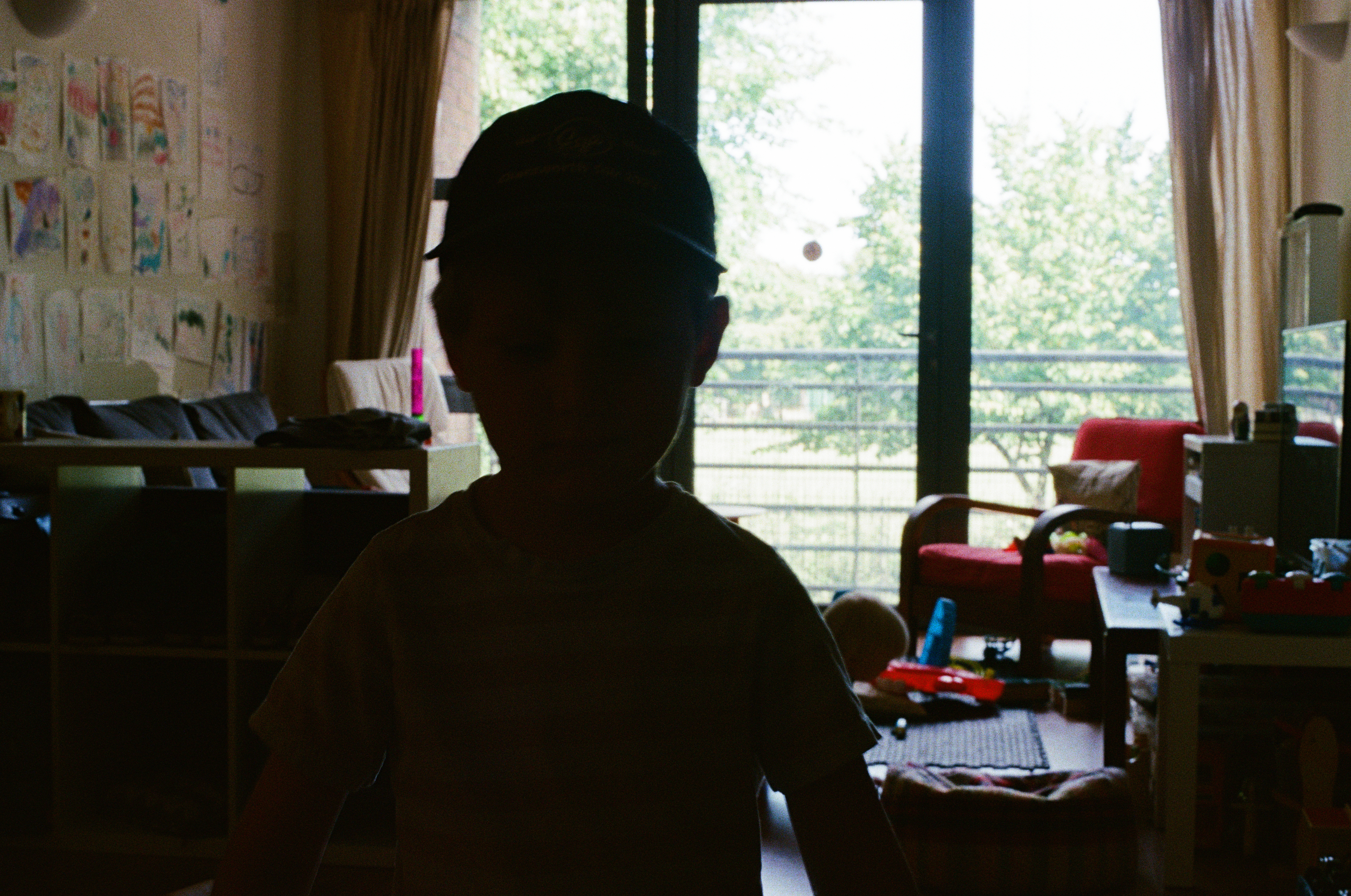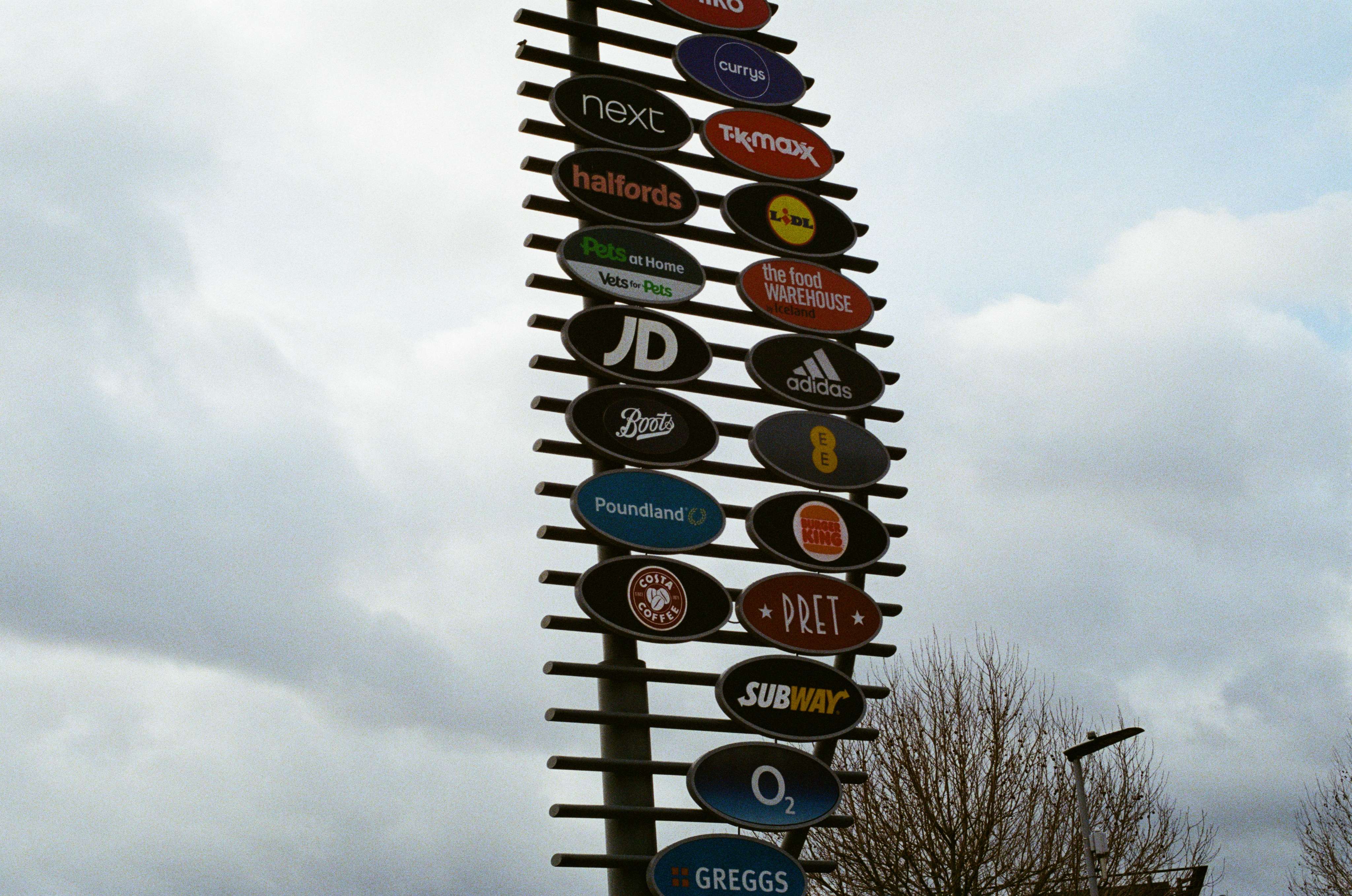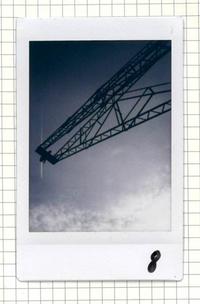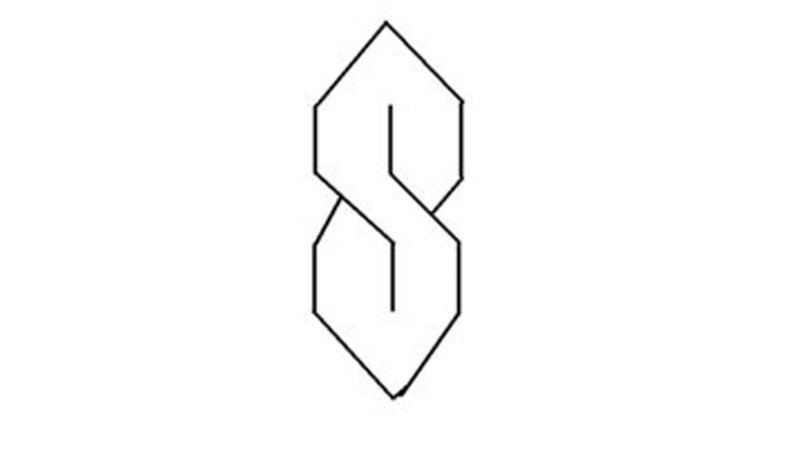w-h-a-t-s g-o-i-n-g o-n
November 2025: new photobook now up with themes of the domestic, what is home and bringing my children into my practiceMy spaces have never been beautiful, news of our new tenants already decorating and replacing our beaten up kitchen and bathroom doesn’t surprise me, I’ve felt pressured by a constant financial fear- the worry to hold any money we do have tight and close, never truly feeling professional beyond my student means. Not spending on making something new or ‘nice’, the thought that we can live and make do with what we have, also the practicality of knowing that small people thrash at households, the stains on our IKEA sofa, the gouges in our dinner table, these will maybe enter our family folklore, reminders of the struggles and hopeful relief. The constant plastic cups, the brick-a-brack of child art work, the random rolls of toilet roll, the baby bottles drying and the houseplants hanging on by a thread. I’ve long-held aspirations that my home would be this pleasant and equally practical idea, that ‘the home’ would just arrive one morning and I’d feel comfortable there. Maybe the reality is that this is my comfort, the cracks and the dust, the blue tack and the sellotape edges, the bags of recycling and the clothes drying.
Shout out to the brilliant people at Come Through Labs in Manchester for processing so swiftly and being so diligent.
December 2023
The loneliness of this experience and the solitude comes at a cost of mental over think- issues which wouldn’t be issues become huge sirens in my mind as I’m forever thinking through life undistracted by a job, a commute, a social life. It’s not depression, though I’ve thought it might be, it’s an inability to lean into motherhood solely as an aspect of who I am. Who I am and what I am. It’s still not how I consider myself, think of myself or value care; the internalised / societal inability to see the important worth in this work in comparison with the kind that exists in an office. The realisation that I never understood the blur of care, the effects caregiving has and how it exists within myself and others.
New photobook up on the site and some words on maternity leave, motherhood and care.
September 2023: Inspired by the photo documentation practice of Freya Najade I took out my old mans SLR OM10 a few weeks prior to welcoming my second child.
Capturing the final sprint of Summer and my locale. Trying to push myself beyond my comfort zone by documenting those fleeting flashes of humanity scoring and dashing across the lens and in colour. People of Stamford Hill, existence of South Tottenham and Markfield. Doing my best to capture where I live through the single lens. Trying to think through the space where humans end and the landscape commences. Without and with people present. My area a residential space of activity, family interaction, work, lives, values and encounters. 7 years, two jobs, three pregnancies, 2 babies, daily commutes and timely exchanges, ways and times told, honoured and hopefully the commencement of further projects to mark our passage and place.
With thanks to the lovely people at Traia Photo Lab for processing and scanning.
August 2023: Nightfalls at 4:30pm find me stubbing my toes with felt anxiety- another day shed and still not closer, nearer to their dominance; a day spent wondering the streets of this city; permanently attached to a pram, unconscious of the hours going by and still my attention doesn’t notice- ‘I’ve yet to document these two cranes’. Forgetfulness is easy to accommodate when your excuse is a small human, dawn breaks and I glimpse the towpath- narrow boats and trees; swans and railings salut my grainy attempt to get closer. The next a darkness as work and baby close the day off without me realising- hours ticked by and these two cranes unnoticed square out the horizon. Park trails no more the object of my eye- these two cranes appear- a glance, up in the glare, I capture the jumble of poles riveted together like a weaving, a doodle in the sky to remind us that the Lea spoke so many languages.
July 2021: Slow is a project which reflects on anecdotal experiences of childbirth, focusing on postpartum recovery and rehabilitation as a means to think through standards of care and societal expectations. It reflects on the antenatal journey of expectant people highlighting their expectations of childbirth, their actual experiences and the subsequent postpartum journey.
Images © Rosa Gamsu
Alongside each story the words and thoughts are captured in a one-off unique illustration by London-based illustrator Rosa Gamsu as a way to mark the story and describe its effect, these illustrations also add a new layer of reading and create a visual representation of the postpartum journey.
Slow considers the difference in expectation between our health service and the parents' experience. It questions how we could support one another more holistically as well as thinking through possible gaps in generational knowledge sharing. The outcome of childbirth is so much more than a child, its result often locates the physical experience as a space of emotional trauma. Residual after effects dislocate the person who has given birth from their body and in the wake of this during a time of extreme physical demand a new resilience has to be located, fought for and in many ways created from scratch as those that give birth navigate their new bodies and its demands.
Slow micro-site can be accessed here.
July 2020: Adapting to lockdown measures established in the wake of the global Covid-19 outbreak I created a short-form self initiated project titled Within Four. Mainly taking on the role of documentary, narrative and creative writing the project seeks to recall areas that I can reach within 4 kilometres of my flat. Throughout July - August I will be publishing 5 accounts accompanied by documentary-style imagery detailing the experience of encountering the spaces, my navigation of its historical context and the emotional reaction of forming a connection with my area.

Image: Broadwater Farm Estate, July 2020
If there was life it was understandably hidden from view, the traits of ‘issue estates’ are how visible they are forced to be. How the attention is given continuously without consent, people with cameras in their hands turning up unannounced. Queesy. The dehydration of plus 20s heat and exhaustion, it takes me over 45 minutes to walk to this place in the sun and my body couldn’t go any slower. The pace is probably better as I have a lot to digest; October 5th 1985 saw the death of a resident, the next the streets harvesting a chaos which only an estate like BWF could garner, because there kids are asking when their skin is going to turn a different shade from Black to White. If the 80s refused to cut the place some slack the rest of it was due to burn.
The texts and imagery will be published and accessible online here.
The texts and imagery will be published and accessible online here.
March 2020: I was commissioned by the Delfina Foundation to create a text response to a recent residency being undertaken by the artist duo Life of a Craphead (Delfina Foundation residency artists; 06/01/2020 - 05/04/2020). It was so engaging and humbling to meet such a witty and yet politically incisive practice which welcomed me to the Delfina hub with open arms.
Britain’s egregious past (and present) is definitely an apposite topic of conversation, in particular given LOAC’s experience of living and working in Canada: a commonwealth territory with its own complicated relationship to colonisation. A work of theirs that garnered much attention is, King Edward VII Statue Floating Down the Don River (2017), which involved floating a replica of a statue of Edward VII – a former King of the United Kingdom and Emperor of India – down Toronto’s Don River. This act of disruption not only created a spectacle of the popularity of immortalising colonialism through object fetishism, but it is also testament to LOAC’s ability to spark in viewers an active engagement and interrogation of the world around us.

Life of a Craphead (Jon McCurley and Amy Lam) Image credit: Cotey Pope
January 2020: Check out this brilliant write-up by BA Magazine and Journalism student Afra Al Majed of a panel debate I chaired on the importance and pros and cons of portfolio practice. The panel debate took place in October 2019 and was part of Creative Start-Up Day coordinated by UAL Careers and Employability.

Want to know more about building a portfolio as a creative? We’re doing a throwback to our Portfolio Practice workshop at Creative Start-Up Day, where we learnt all about how to balance all of your projects.
The Portfolio practice talk featured two guests, Halime Özdemir, a visual arts director and producer, and Shannon Bono, an art curator and cultural writer.
For those who don’t know what portfolio practice is, our chair Sophie Risner from Arts SU described it as “simply being you.” Portfolio practice basically means doing a few different things to earn a living.
The Portfolio practice talk featured two guests, Halime Özdemir, a visual arts director and producer, and Shannon Bono, an art curator and cultural writer.
For those who don’t know what portfolio practice is, our chair Sophie Risner from Arts SU described it as “simply being you.” Portfolio practice basically means doing a few different things to earn a living.
August 2019: Head over to the Writing section of my website for a text responding to Frances Scott and Chu-Li Chewring’s collaborative audio piece ‘Incantation, Wendy’ - online
Can we relinquish music and by default sound from the terrain it first negotiated? Can we split its referential abilities and find a new meaning and emotion within its landscape? and unjustly encountered is there space for it to grow apart from its own historical residue? Frances Scott and Chu-Li Shewring’s ‘Incantation, Wendy’ (2018) revokes sound’s complex necessity to stick to subject matter - it questions what happens when we remove sound from its previous memory and, like a ritual - grow it another form.

March 2019: I reviewed Libita Clayton’s first UK solo-show ‘Quantum Ghost’ at Gasworks - online

The ability for this work to both move and haunt the viewer proves the nuance of the weight borne not just by Clayton and her family but by a greater movement of individuals whose voices have been lost in the transaction played out between sites of colonial excavation and diasporic migration. As such Clayton proves the potency of history lies not just in the navigation of the past but its proximity to the present.
Read online here over at ‘This is Tomorrow’
Image: Andy Keate
Read online here over at ‘This is Tomorrow’
Image: Andy Keate
November 2018: I reviewed Gran Fury’s retrospective show ‘Read My Lips’ at Auto Italia South East - online
In the first room the large-scale poster and accompanying video ‘Kissing Doesn’t Kill: Greed and Indifference Do’ (1989) could possibly be considered one of the first truly intersectional contemporary works of art. Several different couples kissing, some pecking one another coyly, some provocatively engaging in snogs full of longing, others deep throating - tongues darting and saliva engulfing like it’s their first pash on a sweaty dance floor - a symbolic salute to the emancipation of sexuality that was drastically and violently withdrawn from the gay community upon the outbreak of HIV. It’s a piece full of lusty, flirty necessity underscoring the trauma of HIV in which physical intimacy, an act we hold the dearest to our connection with one another, becomes a political bargaining chip.
Read online here over at This is Tomorrow.
Read online here over at This is Tomorrow.

Image: Kissing Does Kill (detail), Gran Fury 1990, vinyl wall poster / http://autoitaliasoutheast.org/project/gran-fury-read-my-lips/ All images courtesy of Gran Fury and Auto Italia. Photography by Original&theCopy
September 2018: A Selection of Fragments - Libby Leshgold Gallery, Vancouver

We printed off Nante to include in our Selection of Fragments which launched on Saturday as the result of a one week residency in Vancouver. We compiled mystery bags for visitors from a selection of around 35 pamphlets, broadsheets, posters and publications.
Hi Sophie,
I hope you are well, greetings from Vancouver where I am currently working with our sibling Publication Studio!
Kay Higgins (PS Vancouver), Patrick Kiley (PS New York) and I invite you to share a fragment of your work for a folio currently under improvisation, to be published at Publication Studio Vancouver on Saturday, September 15.
Our public potluck will render selections of your unfinished, uncollected, fragmentary, vague or otherwise orphaned pieces of writing, reading, art, archival research or stray memory. The miscellaneous spread of items that results from this call will in turn be gathered together during our event and later circulated back to you in a packet or envelope.
We hope to hear from you and are grateful for your submission!
Louisa x
I hope you are well, greetings from Vancouver where I am currently working with our sibling Publication Studio!
Kay Higgins (PS Vancouver), Patrick Kiley (PS New York) and I invite you to share a fragment of your work for a folio currently under improvisation, to be published at Publication Studio Vancouver on Saturday, September 15.
Our public potluck will render selections of your unfinished, uncollected, fragmentary, vague or otherwise orphaned pieces of writing, reading, art, archival research or stray memory. The miscellaneous spread of items that results from this call will in turn be gathered together during our event and later circulated back to you in a packet or envelope.
We hope to hear from you and are grateful for your submission!
Louisa x
August 2018: Women of Westminster Exploring hersory with The Feminist Library - The Showroom Gallery
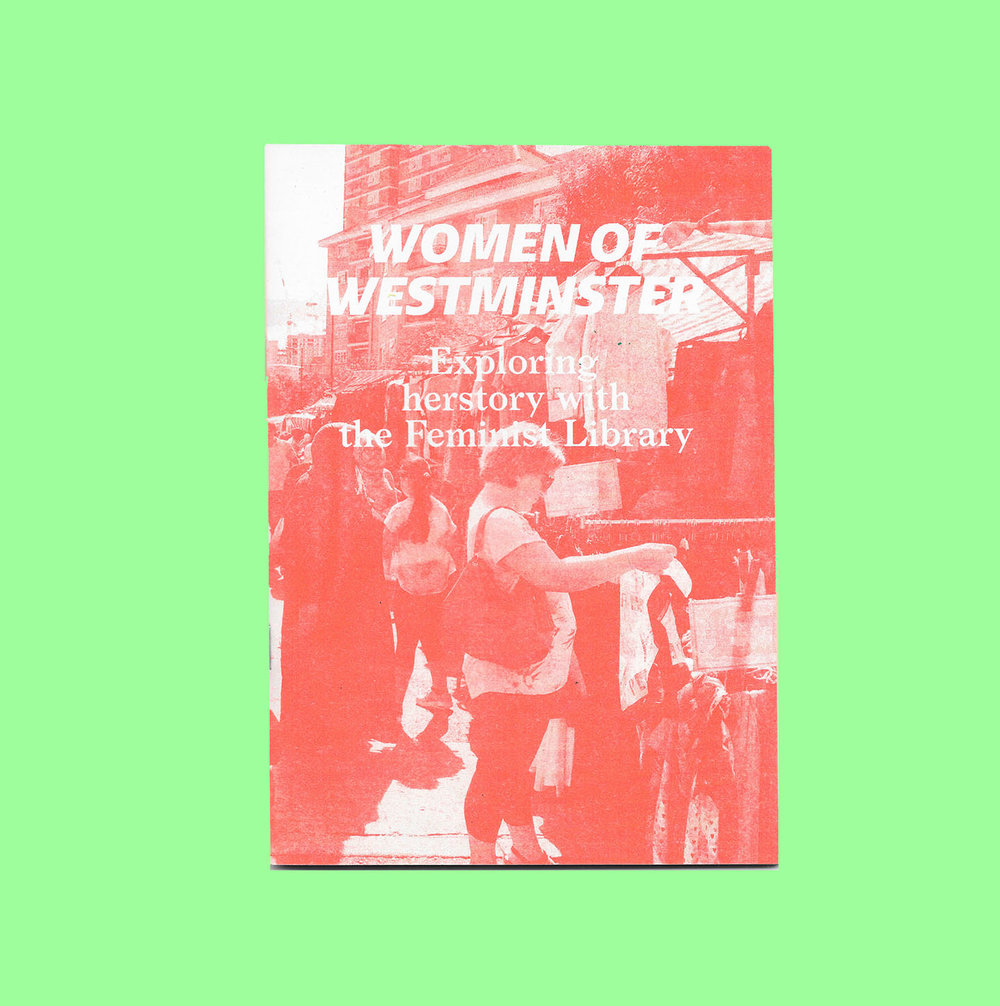
Photo: Eva Megias
I worked with Graphic Designer Eva Megias and artist Emma Thatcher to contribute a text reflecting on the actor Hannah Pritchard whose memorial in Poet’s Corner, Westminster Abbey was removed to make way for that of Dr. Samual Johnson
Material from the Feminist Library's collection and local archives will be used to provide inspiration and teach about the history of self-publishing.
The group will work towards creating a small-press publicatio reflecting lives of women in the area, past and present. The resulting work will be put together in a publication to be produced by risograph printing, a process traditionally implemented in self-and art-publishing.
Copies of the publication will be given to the participants. They will also remain for public use in Church St Library, The Showroom Library, The Feminist Library and Bishopsgate Institute.
The group will work towards creating a small-press publicatio reflecting lives of women in the area, past and present. The resulting work will be put together in a publication to be produced by risograph printing, a process traditionally implemented in self-and art-publishing.
Copies of the publication will be given to the participants. They will also remain for public use in Church St Library, The Showroom Library, The Feminist Library and Bishopsgate Institute.
